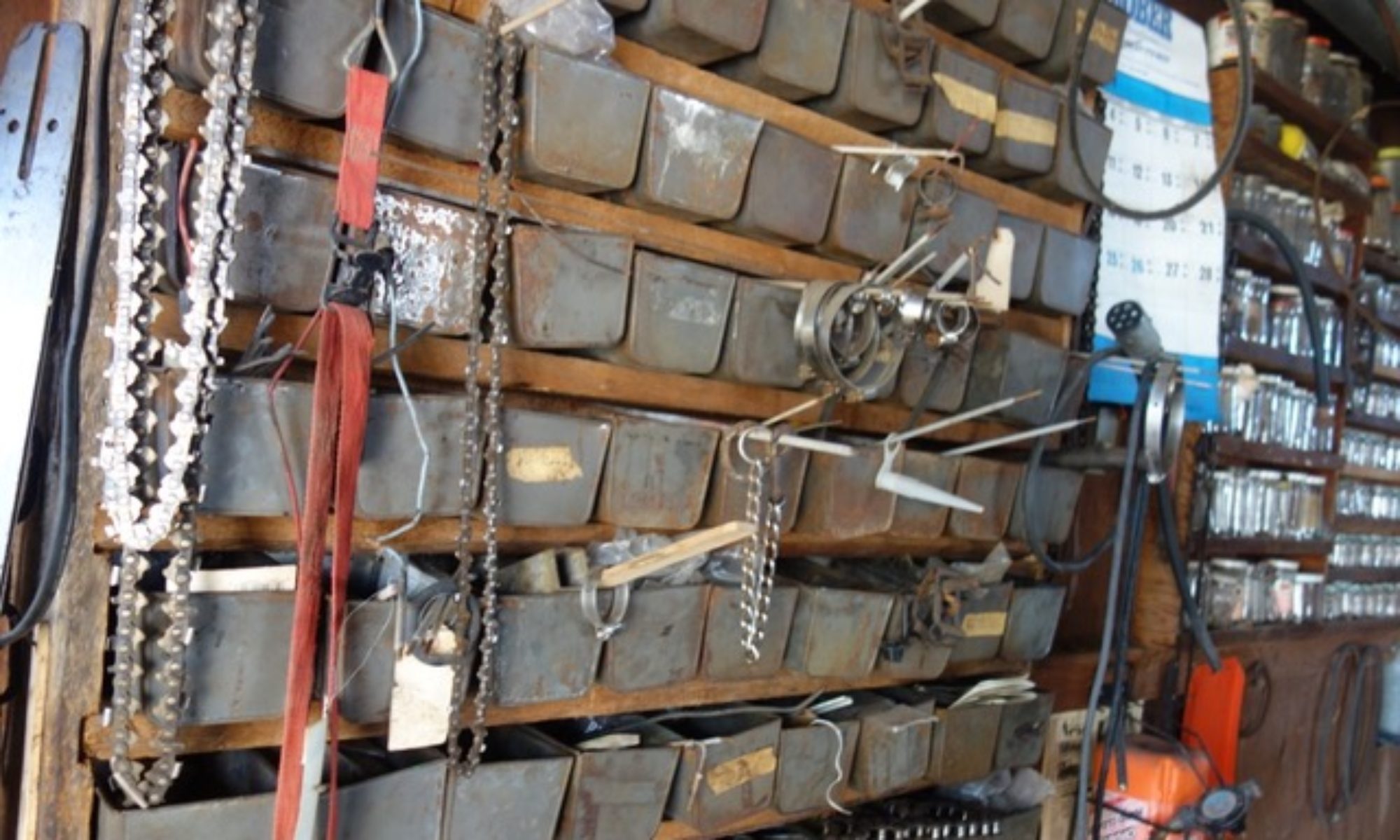EPISODE 178 CYRUS MCCORMICK AND HIS REAPER



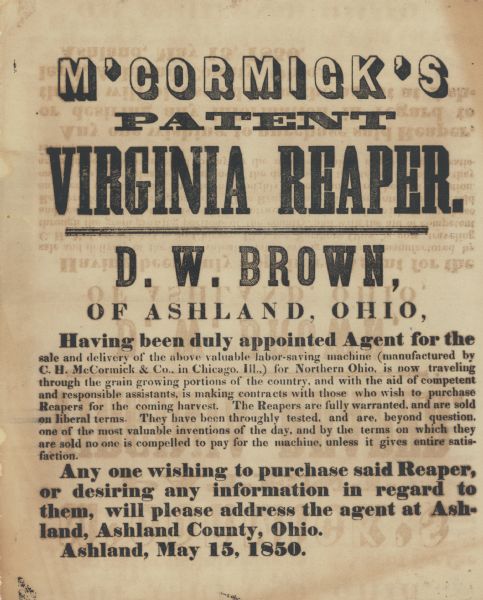
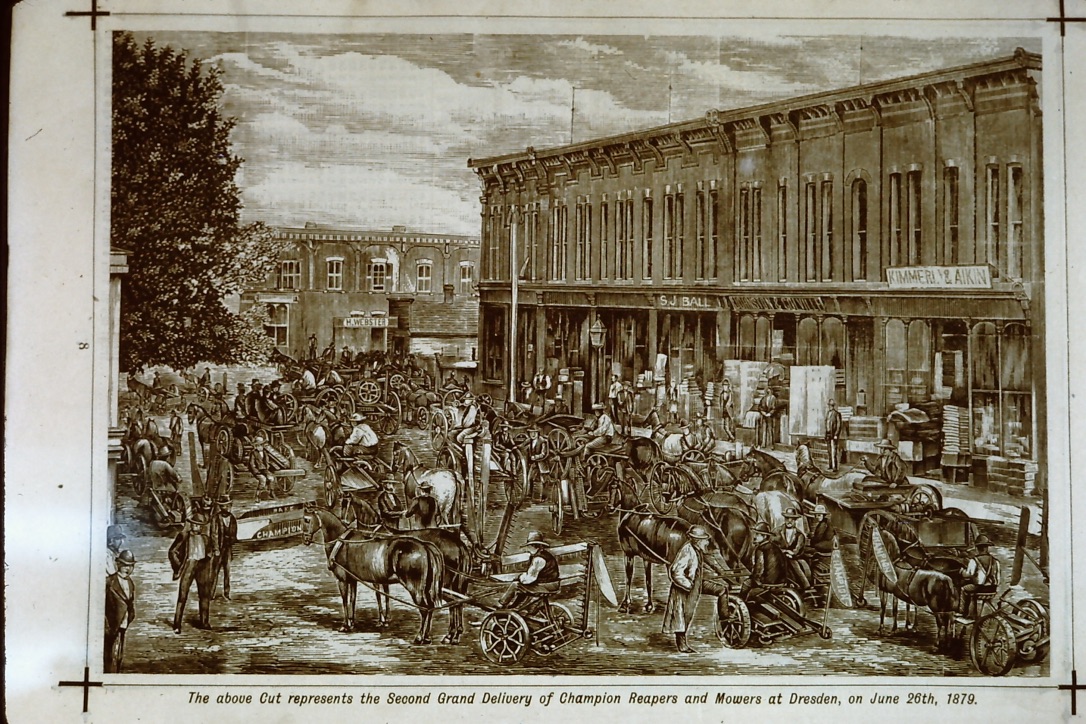

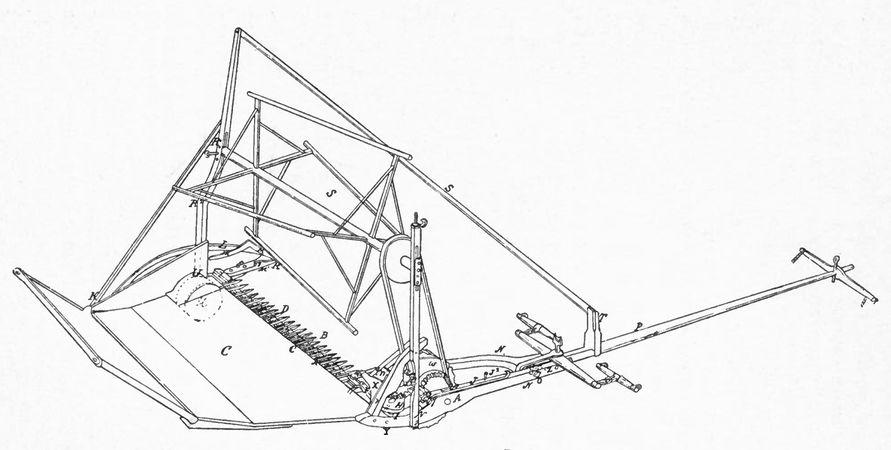

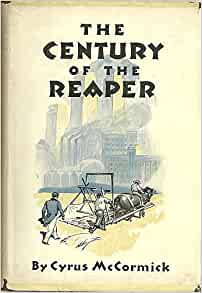
alan skeoch
Nov. 2020

Cyrus McCormick…reserved, determined, inventor, industrialist,

Replica of the first McCormick Reaper (restored by Alan Skeoch) dated 1931 copy of original 1831 machine. Shipped to Ulster Folk
Museum, Northern Ireland, original home of the MCCormick family.

Artist engraving of early MCCormick Reaper which appears a little more sophisitcated
than the replica model. The Bull Gear is visible inside the drive wheel if you look hard enough.
CYRUS McCOMICK…INSIGHT
Cyrus McCormck was a tough nut to crack. In other words I do not think I would enjoy
having a draft of beer with him whereas Patrick Bell would be good company. Both
men, along with Obed Hussey, are credited with inventing the horse driven reaping machine.
I doubt that McCormick or Bell actually drank beer. Both were Presbyterians and may
well have taken the pledge as is said about non drinkers. Bell seems to have had
less starch in his britches.
McCormick on the other hand had lots of starch in his britches. The best example of this
has nothing to do with his reaping machine. Cyrus McCormick, at the mid points of
his business life initiated a lawsuit against New York Central Railroad. He sued the railroad
for $20,000. Big time money. What was the issue? McCormick claimed the railroad overcharged
his wife $8.75 for her baggage. He took the lawsuit right to the Supreme Court. Not once, but three
times over a 20 year period. Eventually he won. That case I present as evidence that Cyrus
McCormick was a tough nut to crack.
Imagine sitting with him for a quiet conversation. Perhaps I am exaggerating but he seems to have had
the crazy tenacity of Donal Trump.
Cyrus Hall McCormick was born on Ferry 15, 1809 in Rockbrdge county, Virginia where his father was a farmer and a dabbler in agricultural inventions. Cyrus died on May 13, 1884. He was ten years younger
than Patrick Bell. They were both children and adults of the 19th century, a century of invention.
McCORMICK AND HIS REAPER
Like father – like son. Cyrus McCormick’s father also invented labour saving farm machines as was the rage in the early 19th century but no one built a successful reaping machine except for
Patrick Bell (1828) whose machine was large and expensive … never put into production anyway. The McCormick reaper was built in 1831 when Cyrus was only 22 years old. It was primitive like
the replica I restored. It had three features of all reapers though..1) a vibrating cutting blade, 2) a reel that swathed he standing green to the cutter blade and 4) a platform on which the
gran could fall and be hand raked for binding into sheaves. All subsequent reapers, of which there would be many, shared these features and improvements.

A PUZZLE: Why does the reaper I restored look so primitive when compared to he sleek looking McCormick reaper pictured above?
AN ANSWER: The McCormick reapers underwent constant improvements. The original was built by young 22 year old
Mccormick in his fathers blacksmith shop. The later models got better and better.
ANOTHER ANSWER: The reaper pictured above may never have existed. It is an advertising image. Mine is closer
to being accurate.
ANOTHER ANSWER: IF you look closely both machines are almost identical. The engraving just made the machine look
a little more artistic.
THE CLATTERING THAT TERRIFIED HORSES
The first McCormick Reaper had problems with the cutter bar which did not work too well. And the machine made so much clattering
noise that men had to walk alongside the frightened horses to keep them from bolting. The reaper was patented in 1834 but no models
were sold until it was improved iii 1841 when 2 were sold…then 7 sold in 1842…then 29 in 1843 and 50 sold in 1844.
By 1844 the western prairies were open for farming as both the First Nations people and the buffalo had been violently suppressed. Strictnine
poison planted in buffalo carcasses killed most of the 40,000 wolves who had also feasted on the buffalo herds. Prairie soil was being plowed and McCormick realized his
reaper had a great future. In 1847 he opened a factory in a small lakeside town called Chicago turning out 800 machines in the first year.
His main competitive came fro Obed Hussey who also invented an American reaper. But it was better as a mower for hay fields
than a reaper for grain fields. Hussey and McCormick got into a legal tangle when Hussey blocked the renewal of McCormick’s
1848 patent. If he could not beat his opponents by exclusive patent rights then McCormick decided to beat him in sales. And
to do much personal selling. He went out to the west with his pockets full of order blanks. In Chicago his factory
was ready for mass production. The Advertising budget was pumped up. The McCormick Reaper was demonstrated wherever
the public gathered. Credit was advanced. By 1850 the Mccormick reaper was familiar to most Americans. When he Crystal
Palace Exhibition was opened the McCormick Reaper was boosted before European farmers. Prizes followed until the reaper
became familiar to people around the world. In 1856 sales figures were over 4,000. McCormick became one of the great
capitalist captains of industry. He was also an active Democrat and a devout Presbyterian (established McCormick Theological
Seminary in Chicago). When his factory was gutted in the Great Chicago fire of 1971, he rebuilt it better than ever.

His company grew and grew long after he died. In 1902 McCormick Harvesting Machine Company joined other companies to
formed International harvester Company.
SO WHAT?
Well, the bank executive that hired me around 1980 to rebuild that reaper was connected in some way
with the International Harvester Company and therefore connected to Cyrus McCormick.
In the latter part of the 19th century many companies made reapers copying the McCormick models. Some of
them in Canada such as Massey Manufacturing of Newcastle and later West Toronto. Every farmer wanted
a reaper . The engraving below claims to portray the arrival of reapers and mowers for sake in Dresden, Ontario
in 1879. The machines were constantly improved looking less and less like the 1831 prototype.

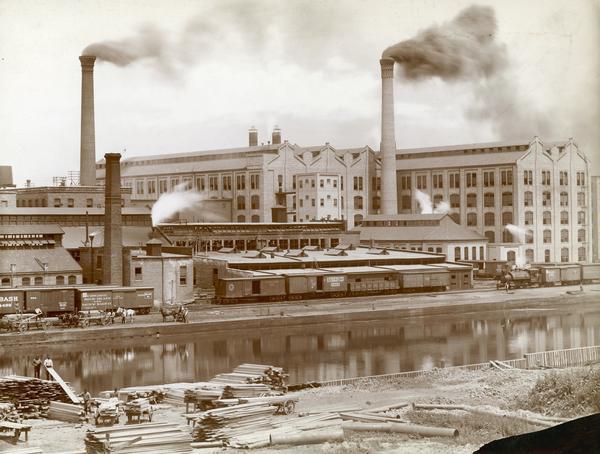
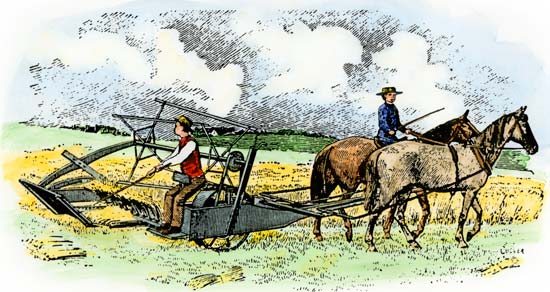
alan skeoch
Nov. 2020
NEXT STORY: JAMES SKEOCH, MY GRANDFATHER WHO I NEVER KNEW, PICTURED
RIDING A REAPER ON THE SKEOCH FARM IN 1932.
THE CONCLUSION
POST SCRIPT: IMAGES BELOW




